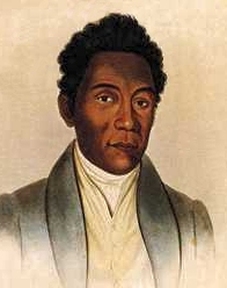In 1852, under the supervision of its architect and builder, David Malo, Kilolani Church was completed. The original building was constructed from hand-hewn coral blocks and river rock with a wooden beam thatched roof and blown glass windows. David Malo was the third Native Hawaiian to be ordained in the Christian ministry. Within a year of the church’s completion, David Malo died on this site – October 21, 1853. His body was taken by canoe to Lahaina for burial atop Mt. Ball overlooking his beloved alma mater, Lahainaluna School.
Following his death the Kilolani congregation dispersed. It is believed that around 1893, during the overthrow of the monarchy, the church was set afire in rebellion against those sympathetic to the U.S. takeover. Not long after that, around 1900, a 100-year storm caused flooding from Kula which devastated the remaining walls of the church building.
The church, now in ruins, sat vacant for over a half century with only one attempt at revival. However, in the fall of 1976 the small Episcopal congregation of Trinity by-the-Sea brought the ruins to life as the Diocese of Hawaii welcomed them into the Episcopal Church. The Rev. Norman C. Ault, a retired priest, served as the Mission’s first Vicar, taking Sunday services and pastoral duties. After much hard work by members of the congregation, the ruins once again turned into a sanctuary and on December 5, 1976, the Rt. Rev. Edmond L. Browning, Bishop of Hawaii, presided over the Dedication Service.
In 1979 the growing congregation called the Rev. Morley Frech, Jr. to be its first full time Vicar. Over the next twenty years, the congregation attained Parish status, added the Stations of the Cross, completed a successful capital campaign resulting in the construction of Kilolani Hall and the Ault Sacristy, which were dedicated by the Rt. Rev. Donald P. Hart, Bishop of Hawaii on February 10, 1991.


